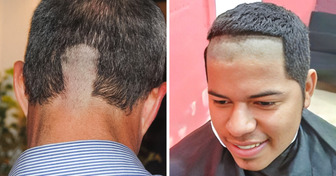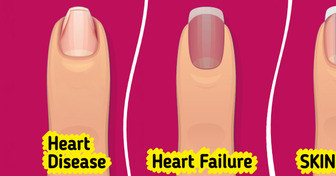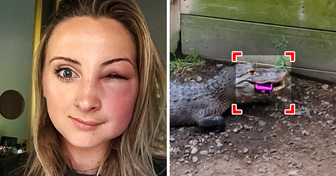20 People Who Decided to Make a Change and Are Ecstatic About the Results

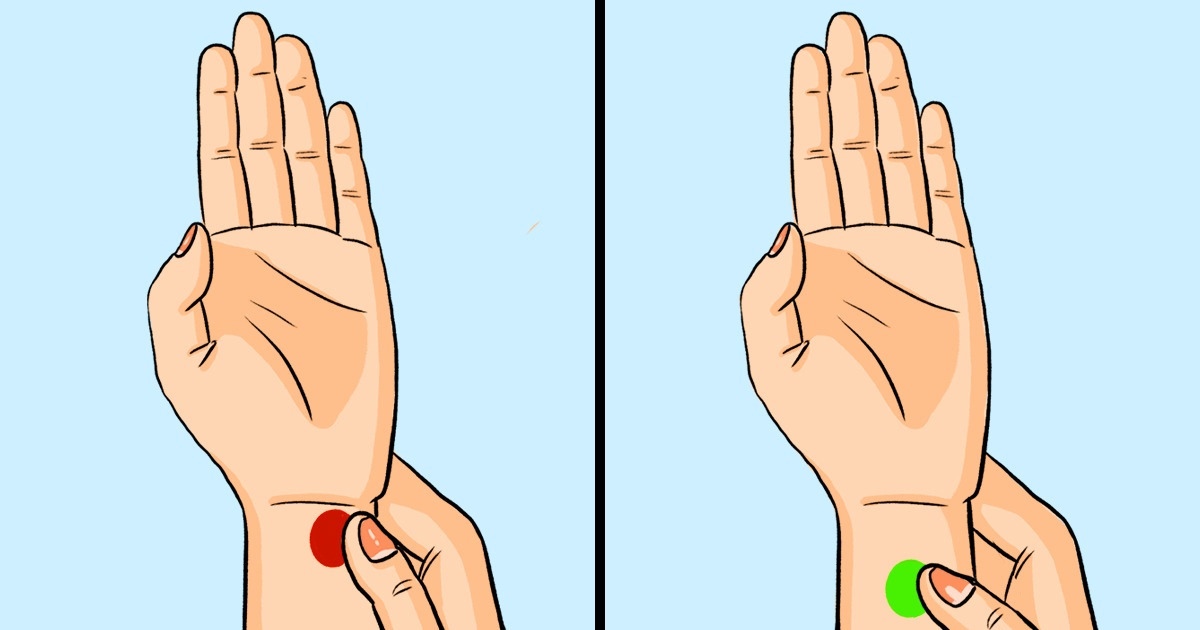
Statistics show that 1 in 3 people worldwide have symptoms that resemble those of insomnia. And about 10% of those people are officially diagnosed with the disorder, which means that a lot of people around us have trouble getting a good night’s sleep. And while your doctor will surely give you a more scientific solution to the problem, we have gathered some methods you might want to try out. They are easy, harmless and might help you on the hardest of nights.
A pillow is not just for the head or neck; it can help you to find ways to sleep in a better position. If you sleep on your back, put one small pillow under your knees. This will reduce the stress on your spine and allow your lower back to assume its natural curve. If you sleep on your side, put a pillow between your knees. It will help your spine to be more aligned.
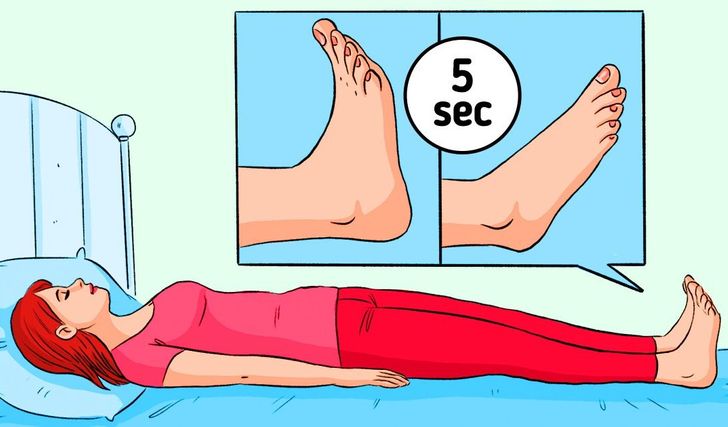
You can lie in bed for hours trying to fall asleep, but nothing works because everything in your body is tensed up. Try this trick:
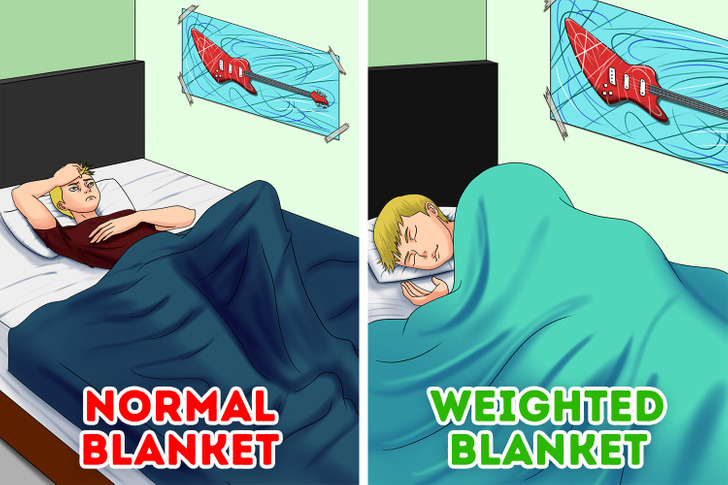
Weighted blankets aren’t just for extra coziness. They use deep pressure stimulation, which improves your mood, reduces stress, and increases the levels of melatonin, the sleep hormone. This combination of benefits won’t just make you fall asleep quicker, but it will also improve your sleep quality.
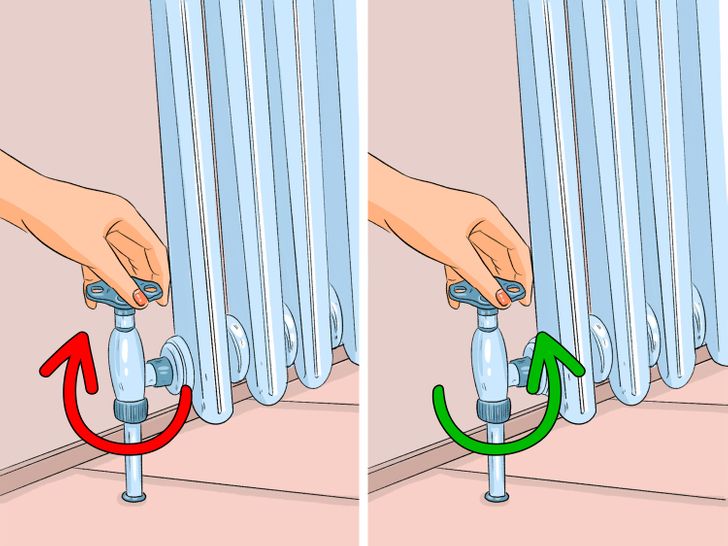
If you like when the temperature of your bedroom is warm, this can be a bad habit. A cool room temperature is one of the most important factors in getting a good night’s sleep, researchers say.
The best bedroom temperature is approximately 65°F (18.3°C). But doctors recommend keeping it between 60°F to 67°F (15.5°C to 19.4°C), depending on what’s more comfortable for you. This is because the body is programmed to lower its temperature in the evening. If you set your radiator on a cooler mode, it works as a signal to your body that it’s time to sleep.
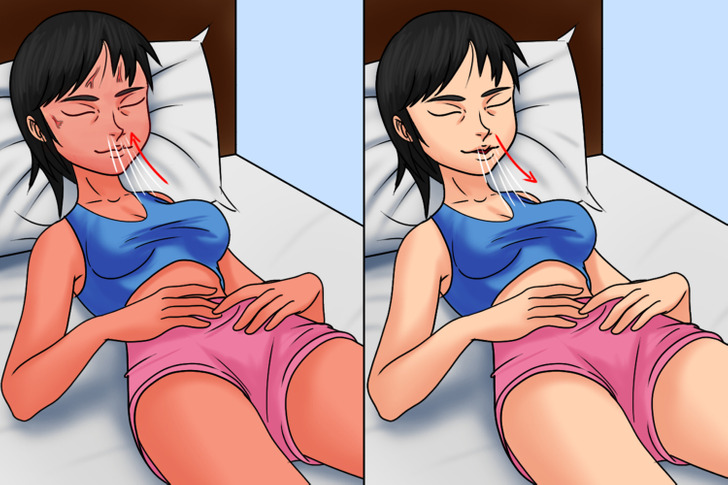
If you want to fall asleep you can use a technique called progressive relaxation. And all you have to do is start tensing different muscle groups before letting them relax. You can start with your face and make your way down to your feet. Do this until you slowly doze off to sleep.
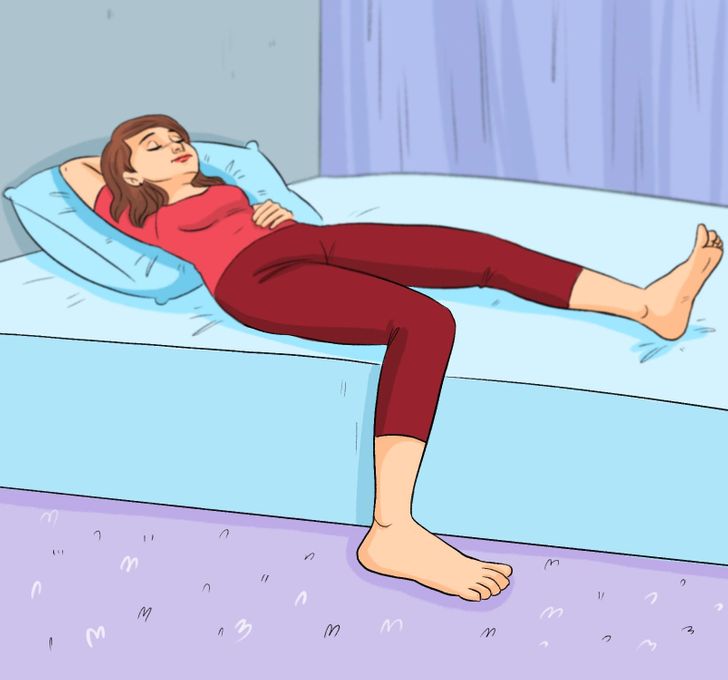
Sometimes, we may feel dizzy while trying to fall asleep. But tossing and turning to the left and the right can make things even worse. Just put one foot on the ground while lying on your back. This will help your brain to recalculate your position and the dizziness will fade away.
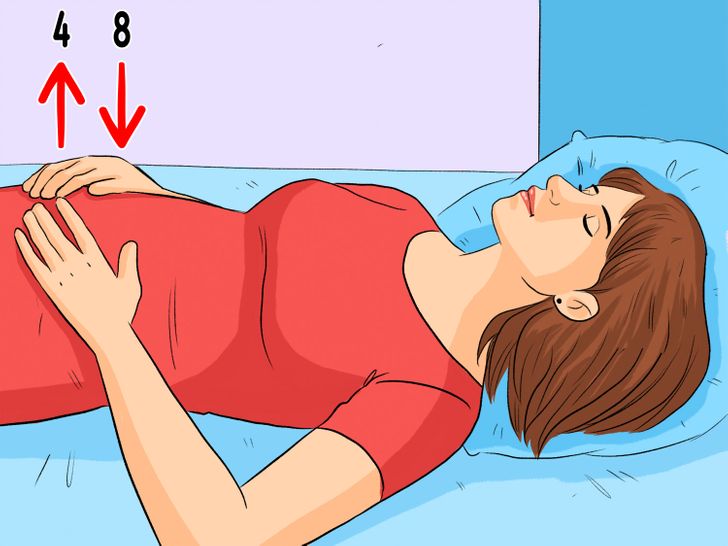
You may feel anxious, worried, or tense while trying to fall asleep. It makes your breathing rapid, and the possibility of getting good sleep drops way down. Try the 4-7-8 breathing technique. Expand your belly instead of your chest in what’s called diaphragmatic breathing.
Breathe in quietly through the nose for 4 seconds. Your belly should rise up.
Hold the breath for 7 seconds.
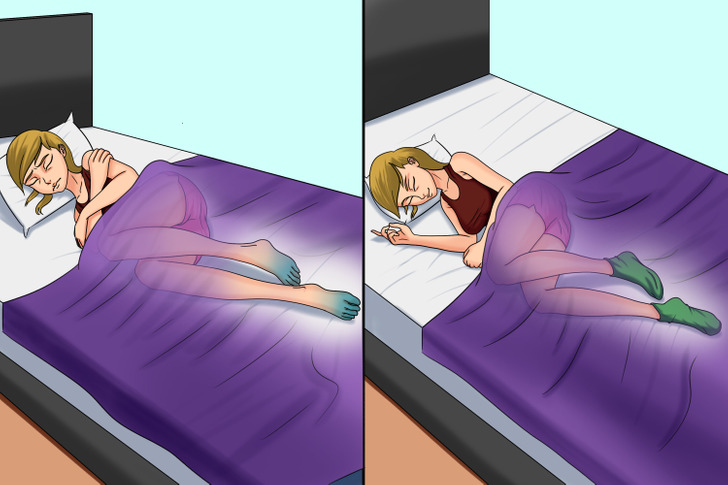
Putting socks on to bed might feel strange at first, but if you’re experiencing problems falling asleep, that might turn out to be the solution. Research suggests that when your feet are cold, your blood vessels constrict, which causes less blood to circulate, sending signals to your brain to stay awake. A nice pair of cozy socks can fix that and tell your brain that it’s time to sleep.
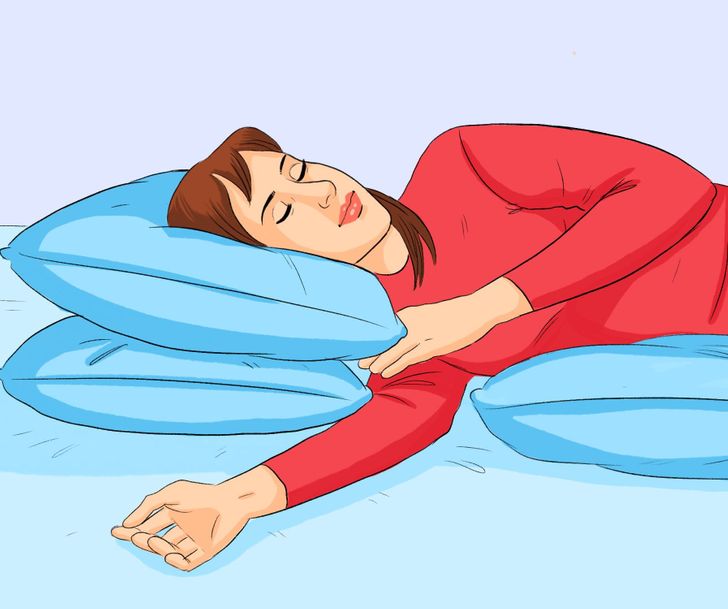
If you have any pain in your shoulder and sleeping on your back or stomach isn’t comfortable for you, try this tip. There’s no need to buy any special device, just get more quality pillows and create a canal for your arm with them, as it’s shown in the picture. Don’t put pillows that are too high under your side. Keep your spine aligned.
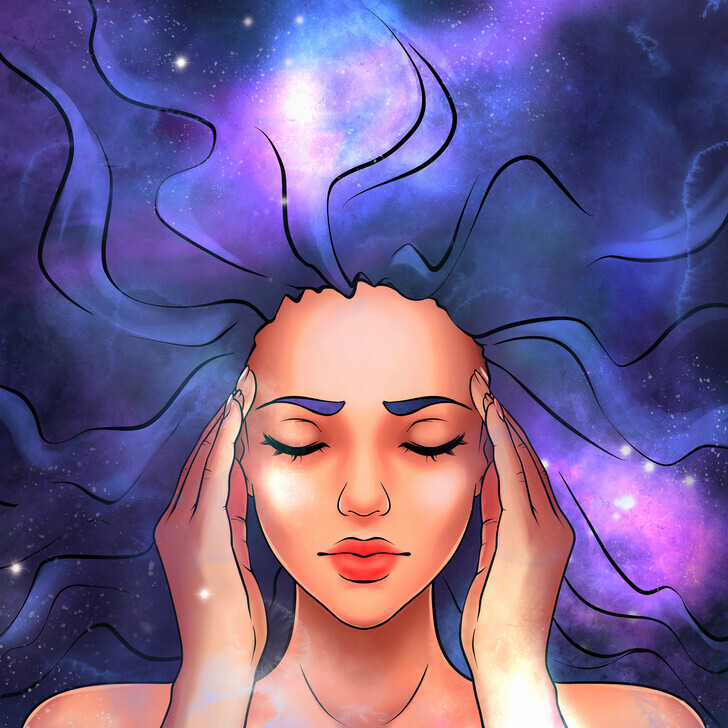
The thoughts that don’t let us fall asleep are often connected with the past or the future. We worry about what can possibly happen, or regret doing or not doing things in the past. If this is what happens to you, try to focus on what is going on right here, right now. While we can’t change the past, nor can we predict the future, the present moment is something we can control, and this change of focus can give us the relaxation our brains need.
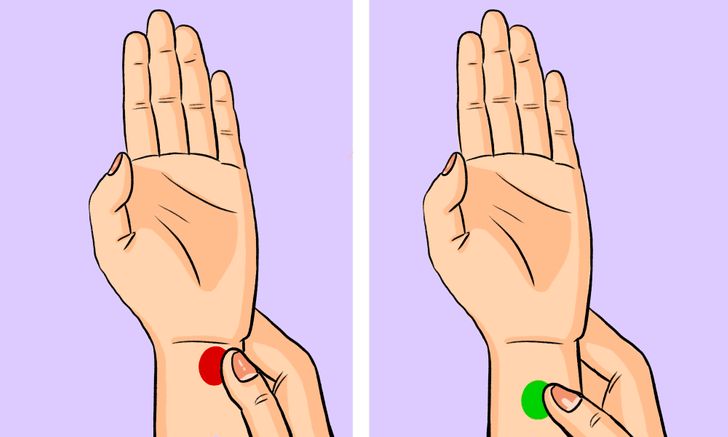
Specific points in acupuncture can trigger better sleep too. You can mix it with aromatherapy.




